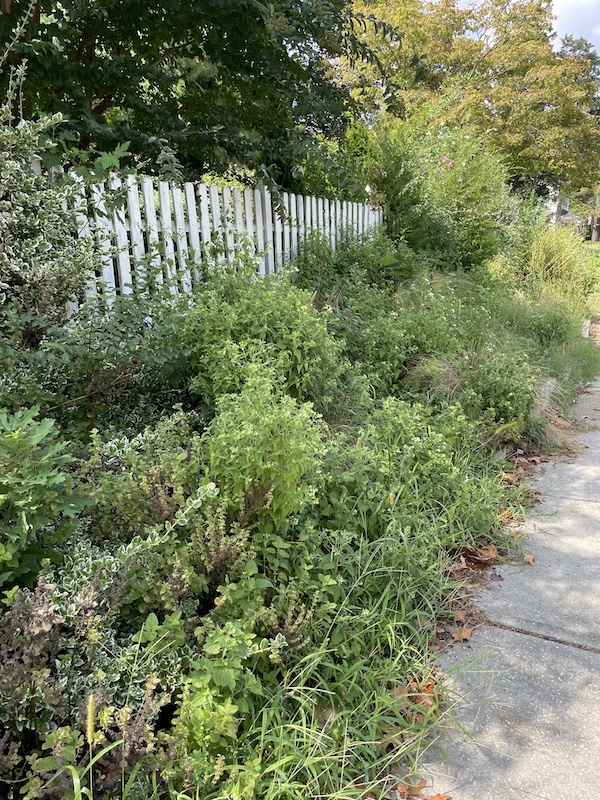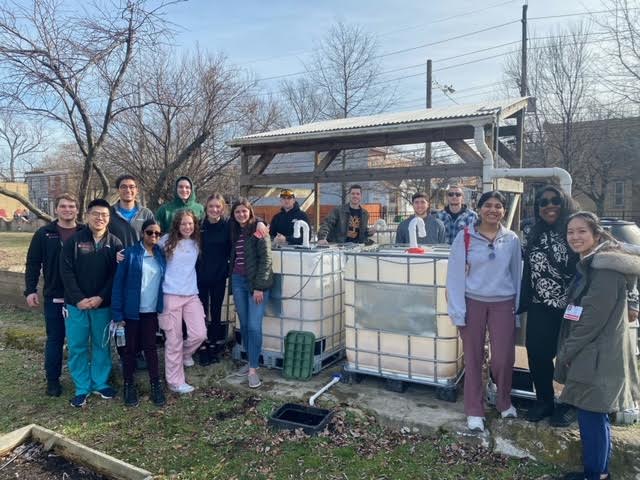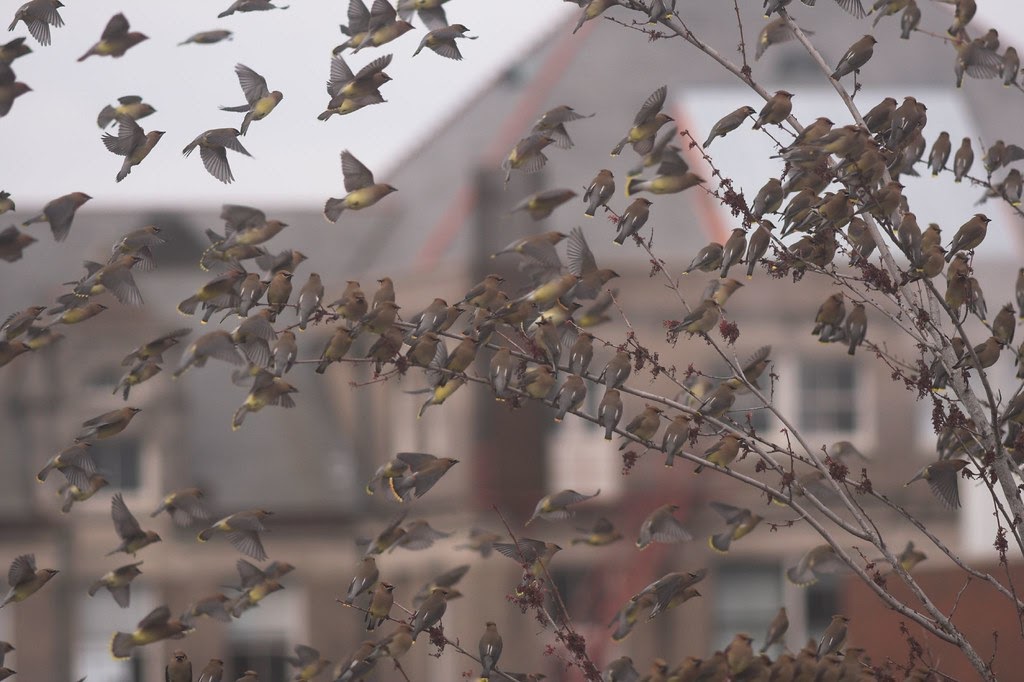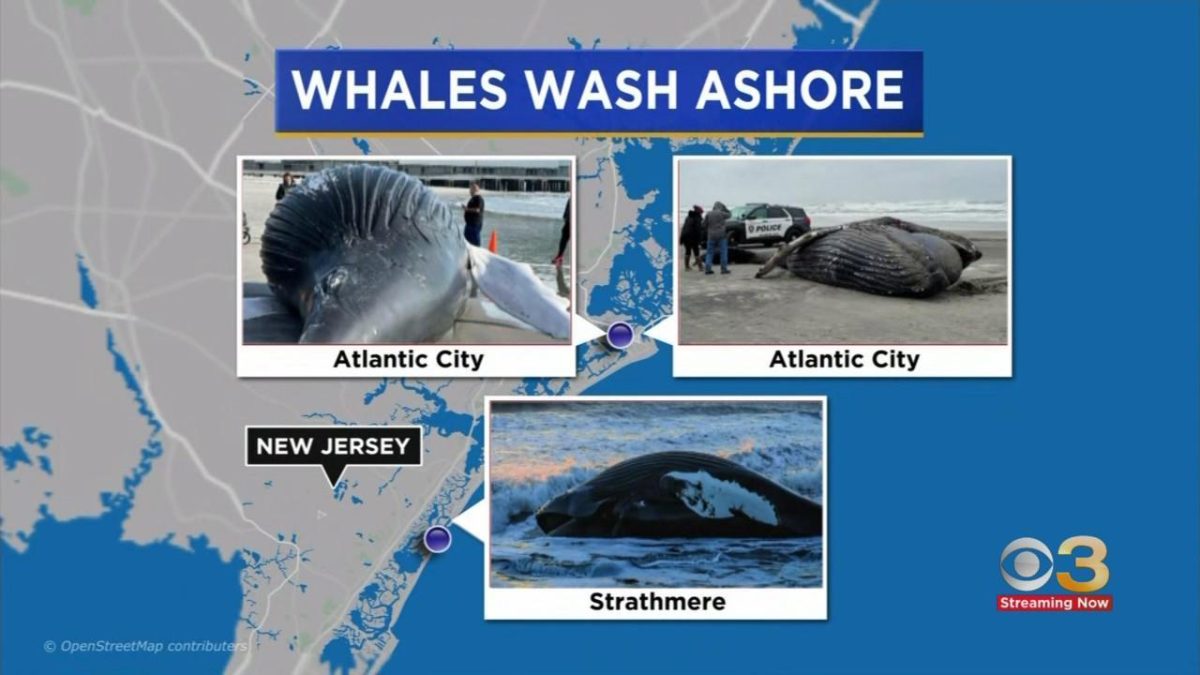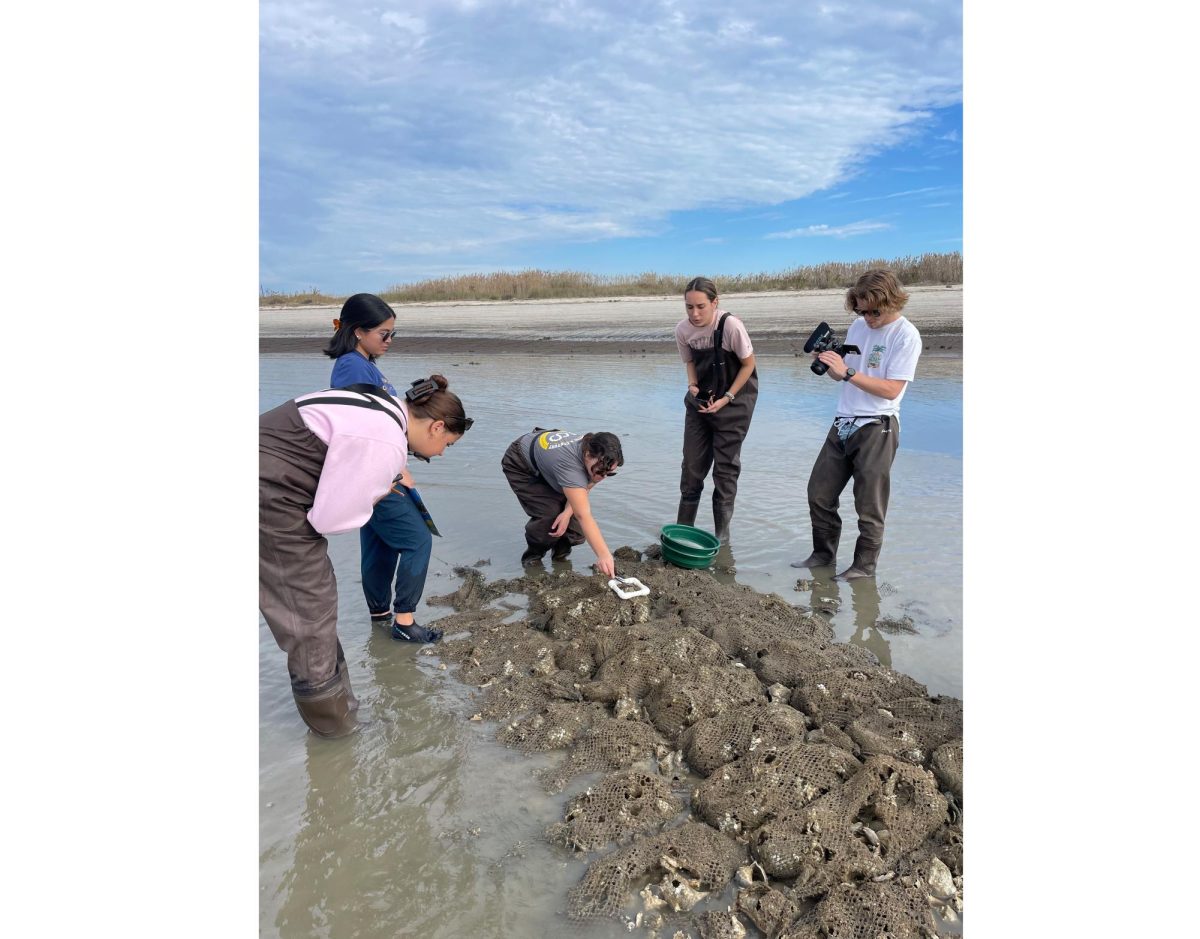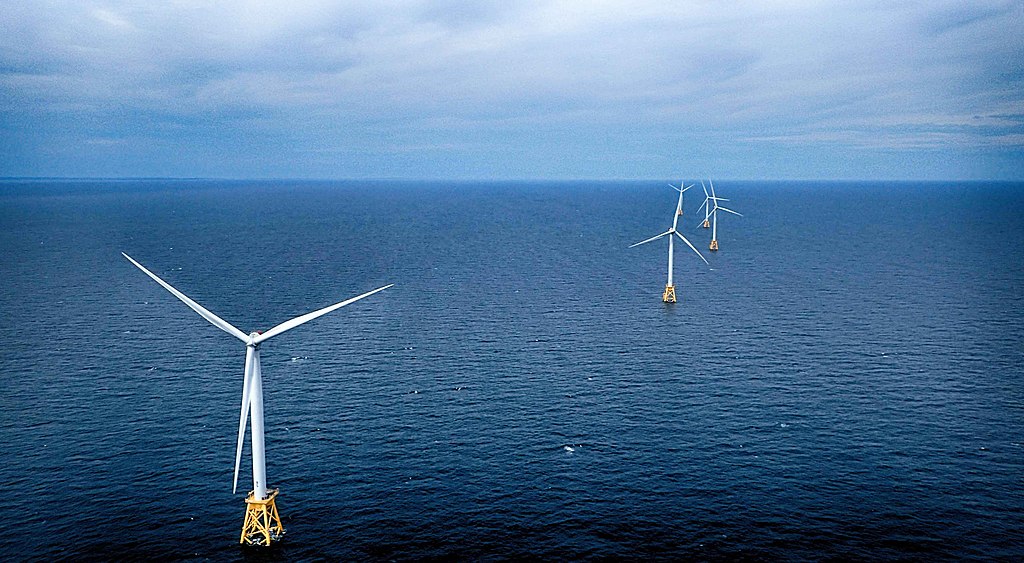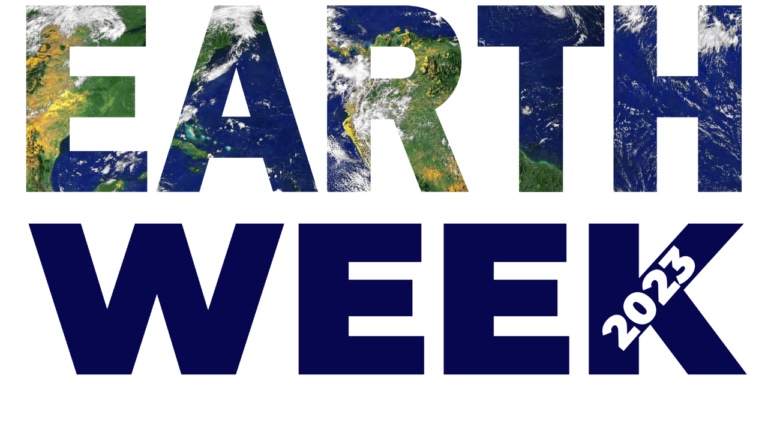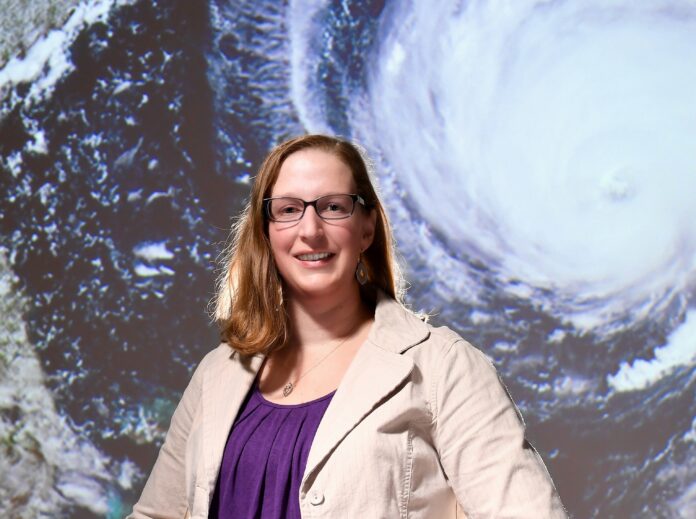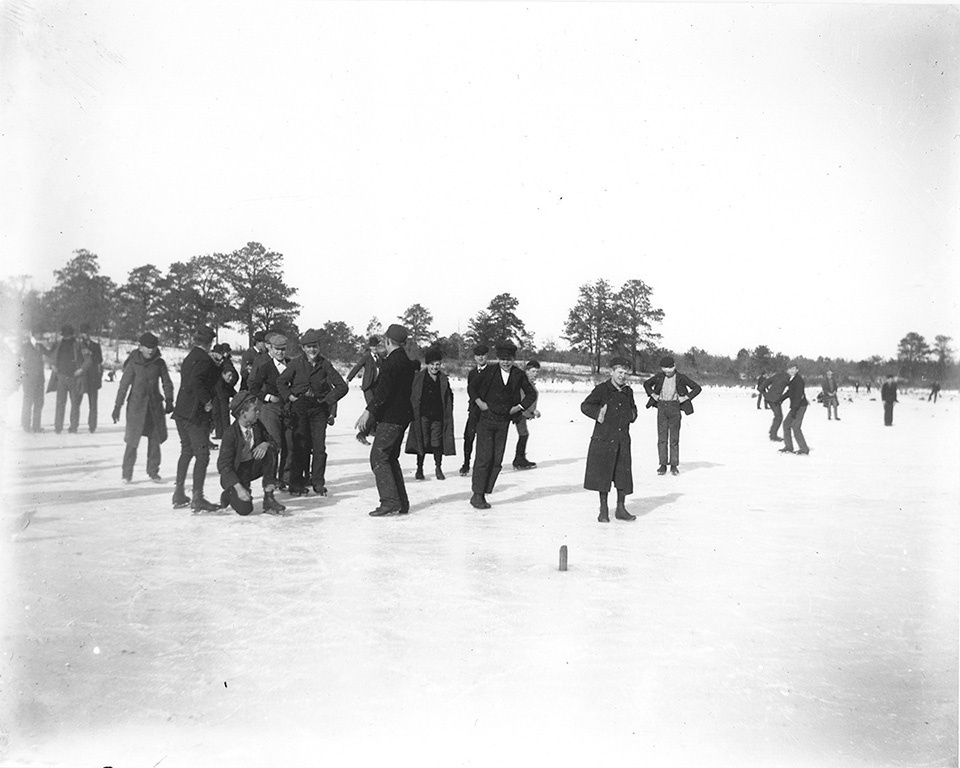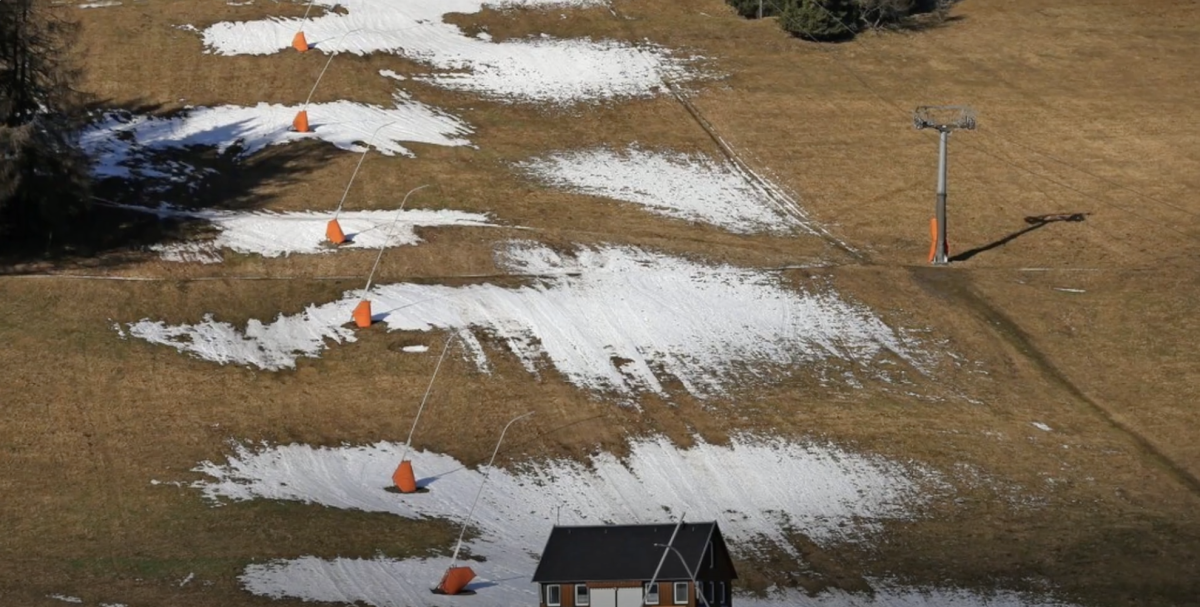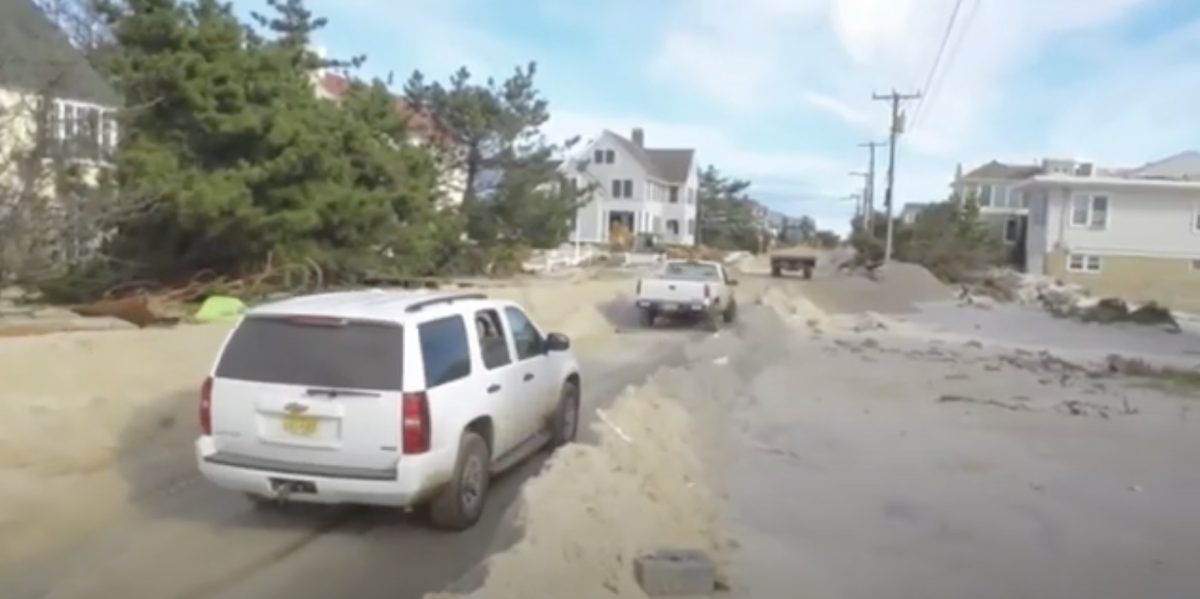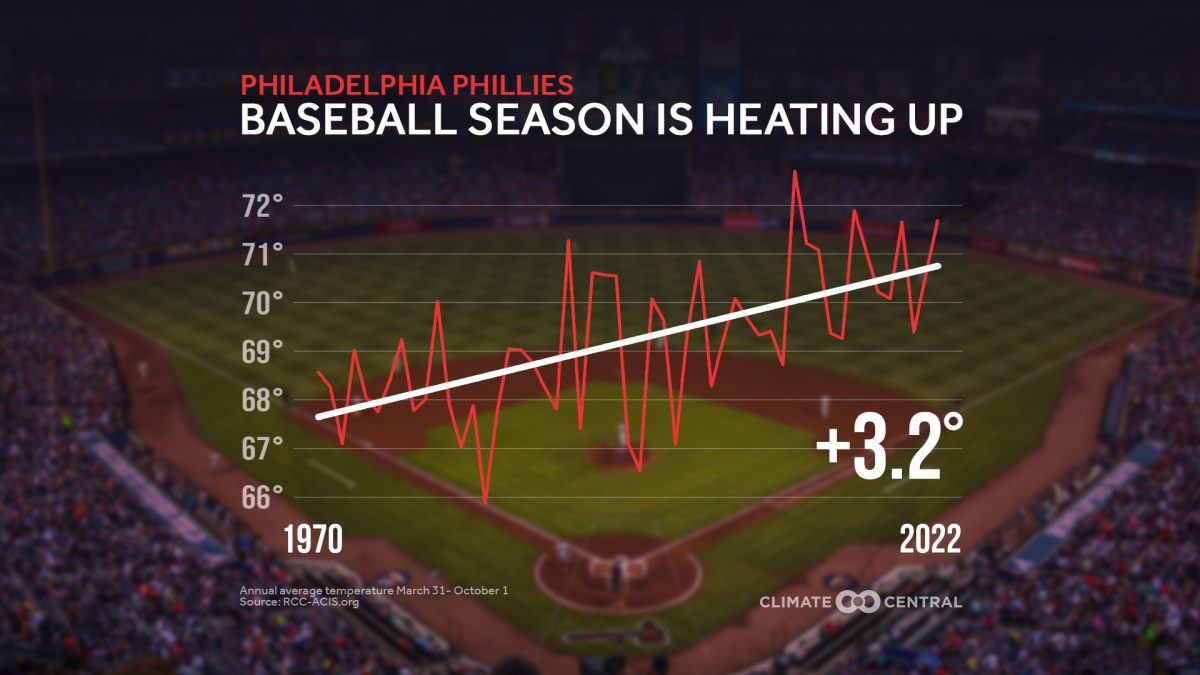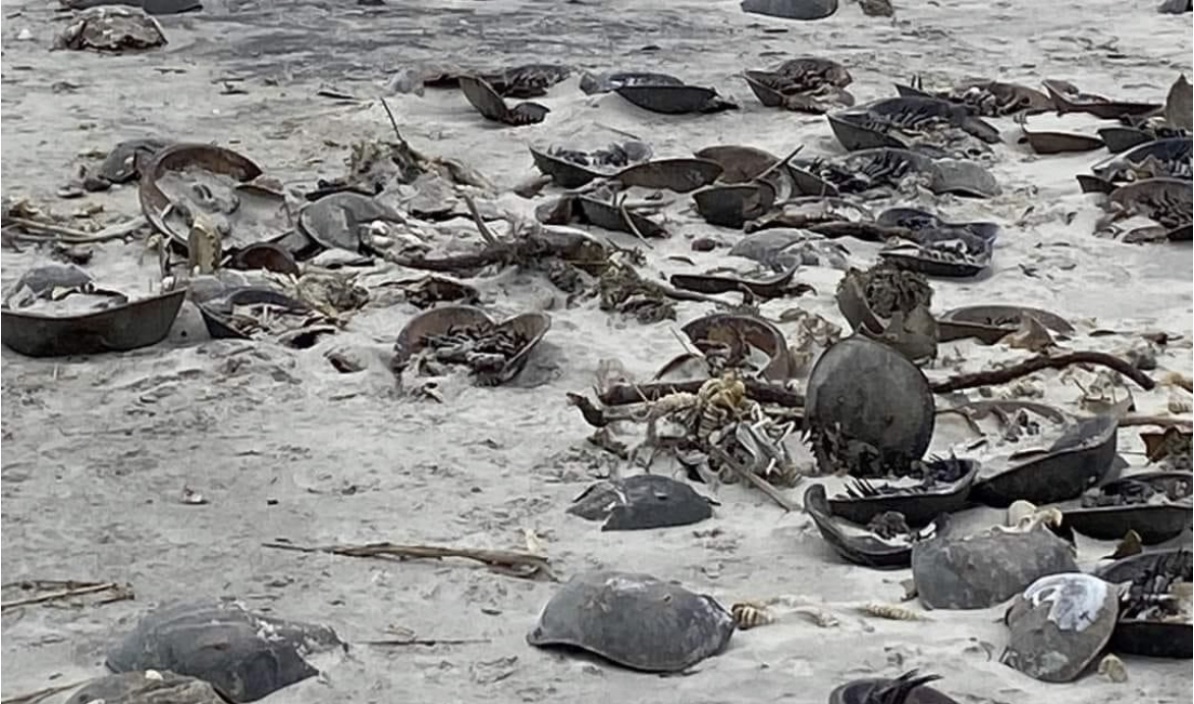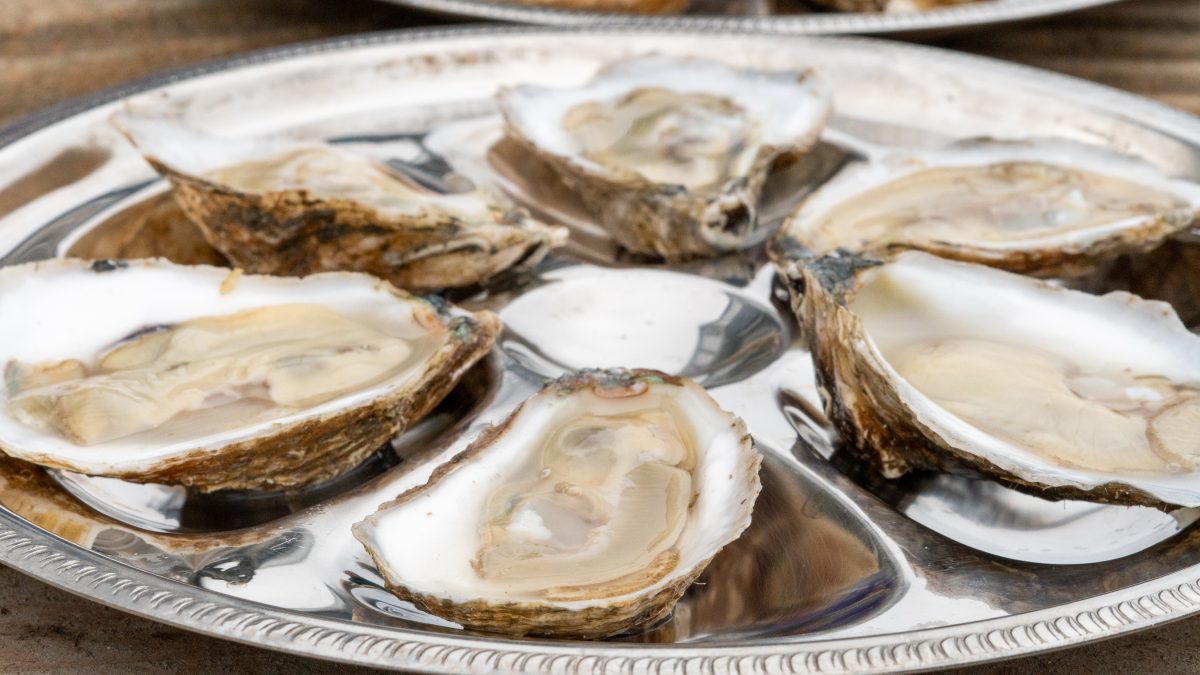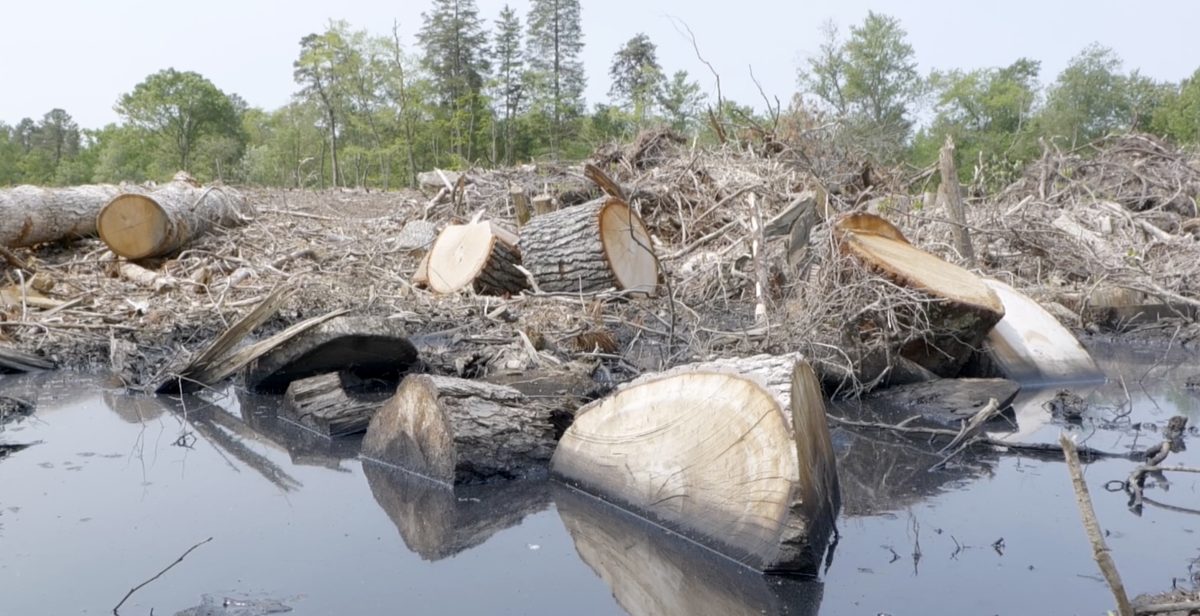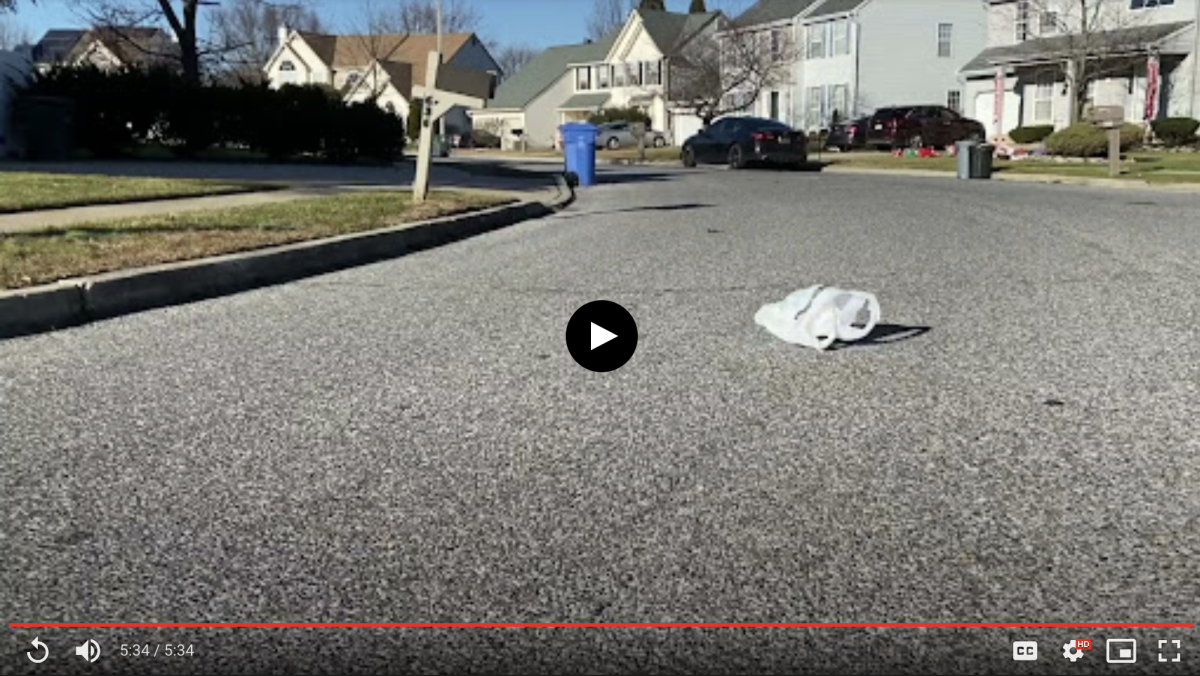By Amber Hatter
Each year, birding enthusiasts gather at New Jersey’s Cape May Bird Observatory for the chance to witness the Spring and Fall migrations of a diverse collection of birds. Nearly 500 bird species utilize the Atlantic Flyway, a migration route that encompasses a large portion of the East Coast. Unfortunately, these birds have been met with a challenge that is more profound than anything they’ve ever experienced—climate change.
Primarily driven by their need for food and instinctual desire to reproduce, migratory birds can travel thousands of miles in between their breeding and non-breeding grounds. Their survival depends on suitable climatic conditions throughout the three stages in their annual cycle, and, according to Dr. Stuart Butchart, Chief Scientist of BirdLife International, climate change is capable of disrupting these conditions.
Butchart contributed to a paper that analyzed how climate change may affect the migration patterns of many bird species. Though the paper was predominantly focused on European migratory species, its findings may allude to obstacles that migratory birds everywhere can soon be faced with.
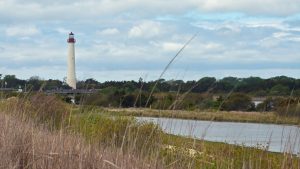
Using wing morphology and body mass data, scientists estimated the distances that migratory birds can travel before needing to refuel. After comparing current migratory routes to the projected future routes with consideration to climate change, they found that “for over 80% of European long-distance migrants, there will be significant increases in both the distance and time taken to travel between their breeding and non-breeding ranges.” The increased distance that migratory birds would have to travel between their breeding and non-breeding ranges is considerable, and can pose a threat to their survival.
Migration is already an arduous and exhausting process that can be life threatening. “Birds suffer higher mortality on migration, because of increased risk of predation and starvation resulting from higher energetic requirements and unpredictable food supplies,” according to Butchart. Longer migration journeys increase risks of predation and starvation, meaning that populations of migratory birds can face a decline as a result of climate change. This is especially dangerous for long-distance migrant birds.
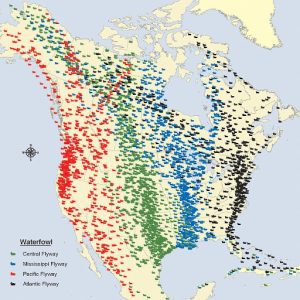
A 2019 piece from National Geographic discussed the findings of the National Audubon Society’s annual report: “The report predicts that if Earth continues to warm according to current trends—rising 3 degrees Celsius (5.4 degrees Fahrenheit) by 2100—more than two-thirds of North America’s bird species will be vulnerable to extinction due to range loss.”
This is especially concerning given the recent crash in the population of breeding birds. According to a paper published by Science in October of 2019, North America has lost 2.9 billion breeding adults since 1970. Brooke Bateman, the primary author of the Audubon’s report, expressed to National Geographic that “she was startled to realize that every single species she evaluated faced risks from climate change.”
“Birds are going to have to move even further to stay within the conditions that they’ve evolved to inhabit,” Bateman explains. The Audubon’s report corroborates the findings of Butchart’s study on European migrant birds, and indicates that birds everywhere will be impacted.
“If Earth warms by 3 degrees Celsius, as predicted, Audubon estimates that 13 out of America’s 50 state birds might struggle to live in the states they represent during at least one season of the year,” according to National Geographic. The American Goldfinch, the state bird of New Jersey, is among those at risk. It’s possible that as the climate changes, American Goldfinches may adjust their migration route southbound, to avoid the unusually warm temperatures New Jersey is experiencing.
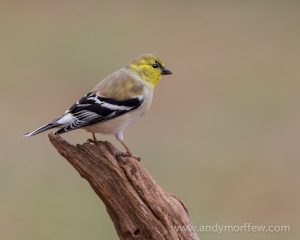
The patterns of other migratory species that are native to New Jersey are likely to shift as well, as food supply plays a huge factor in the comings and goings of migrating birds. A recent study from the Cornell Lab of Ornithology confirmed that most birds “synchronize their migratory movements with seasonal changes in vegetation greenness.” Though, not all migratory birds travel based on vegetation and plant blooming times; depending on the species, some birds will synchronize with the hatching of insects or spawning of horseshoe crabs.
“Here in New Jersey, we have shorebirds… that are coming from South America in the spring, and they’re stopping in the Delaware Bay to eat horseshoe crab eggs,” wildlife biologist Joseph Smith explains. “They’re attempting to sync up their schedule to arrive here when horseshoe crabs are spawning on the beaches, and these birds fuel up to get themselves ready to go to the Arctic to nest later in the spring.”
Lately, trends have been observed in that horseshoe crabs are spawning later than usual. “Just this last spring was one of those years where there was a delayed spawn that really caused a problem for the birds, and some of these birds—one of them, the red knot, is federally endangered. Even one bad year can affect their population,” Smith explains.
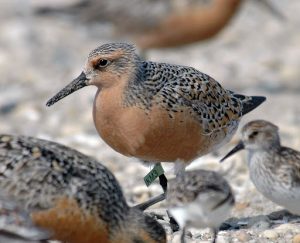
Climate change also is causing a shift in the availability of migratory birds’ food sources. While scientists are only just beginning to notice and research these climate-induced shifts, there is one thing that is certain: it is a major cause for concern.
“It’s going to cause a big reshuffling of food webs; of all these interactions between species,” Smith predicts. “Ranges of plants, of animals, are going to change, the timing is going to change… and the world that we know will be different.”
Directly addressing climate change is the only way to ensure the health and stability of all species of migratory birds. As an individual, one of the easiest and most impactful ways to make a difference is to donate to non-profit environmental organizations like The National Audubon Society, or to encourage local government officials to take action on climate change.


